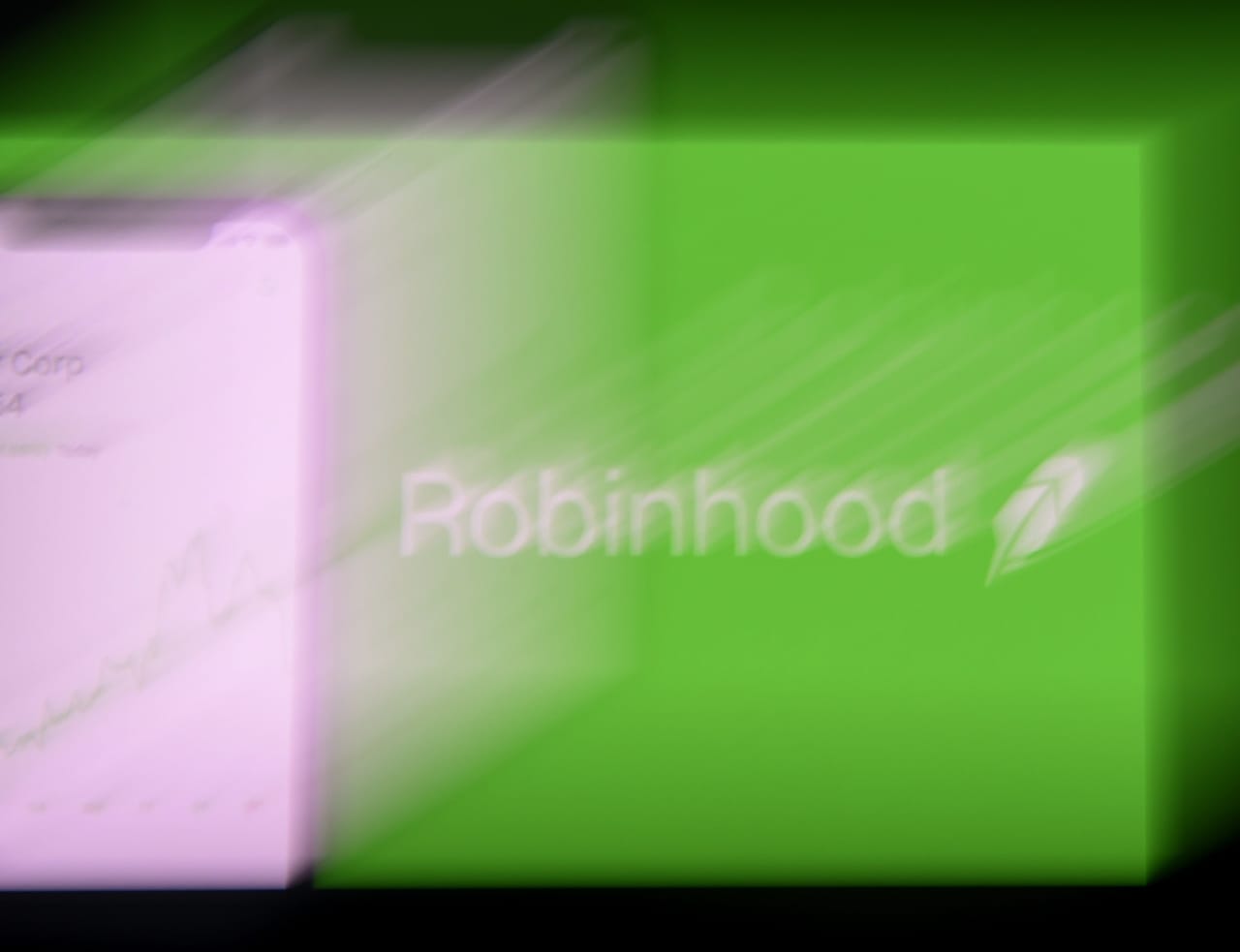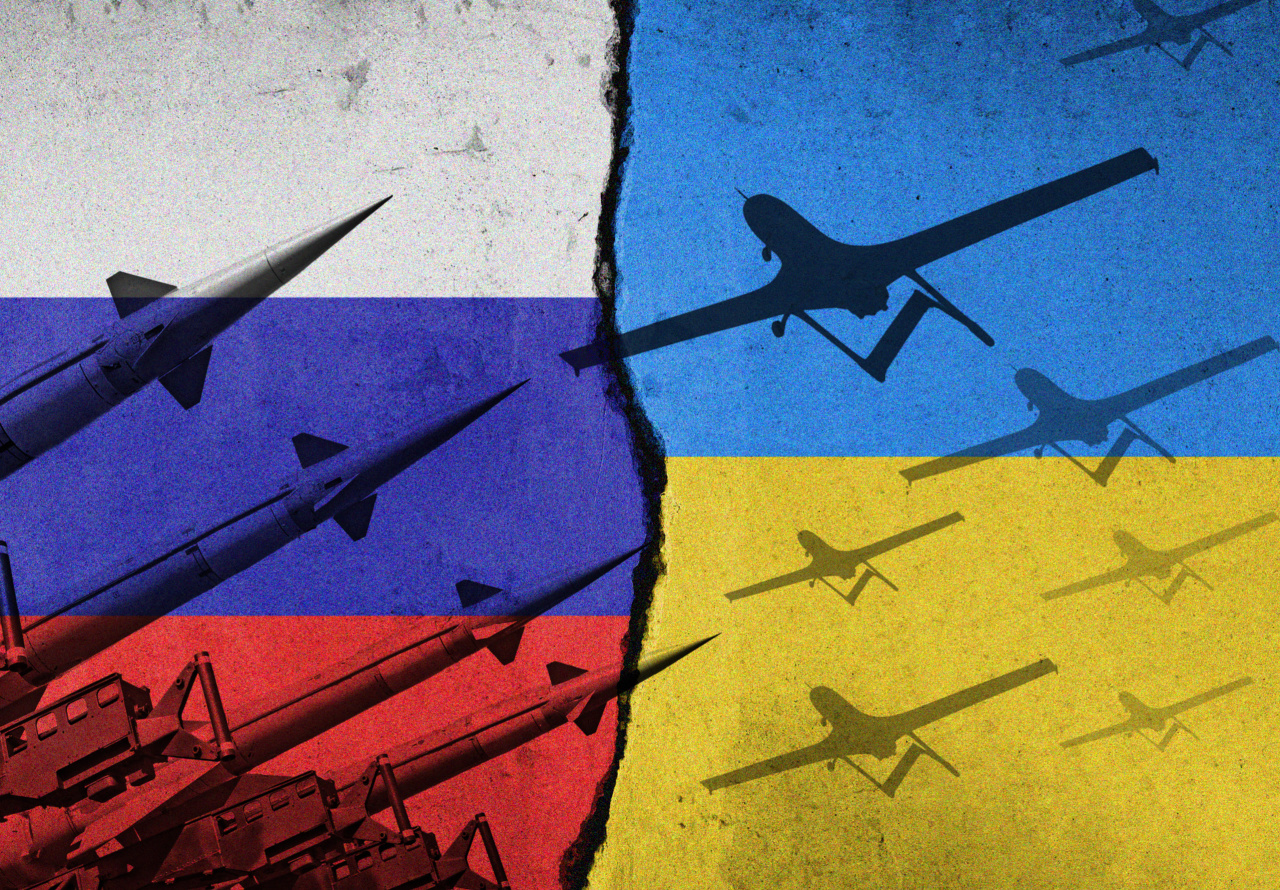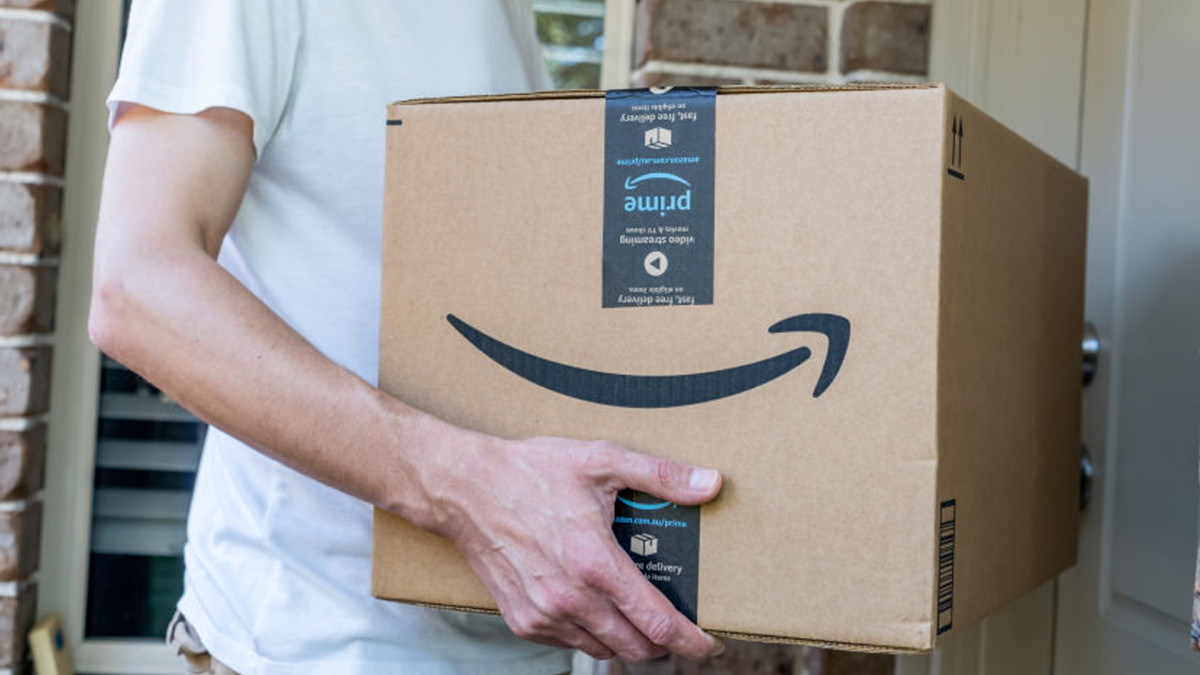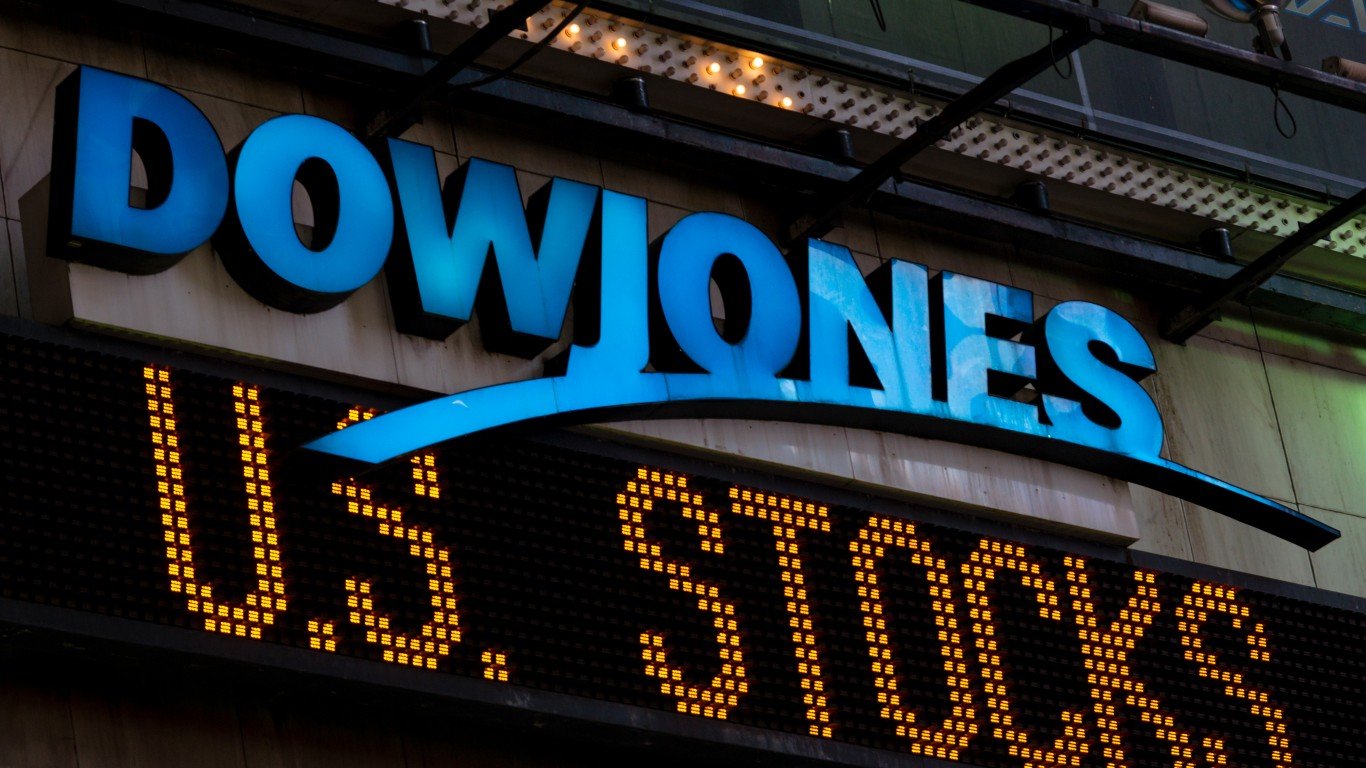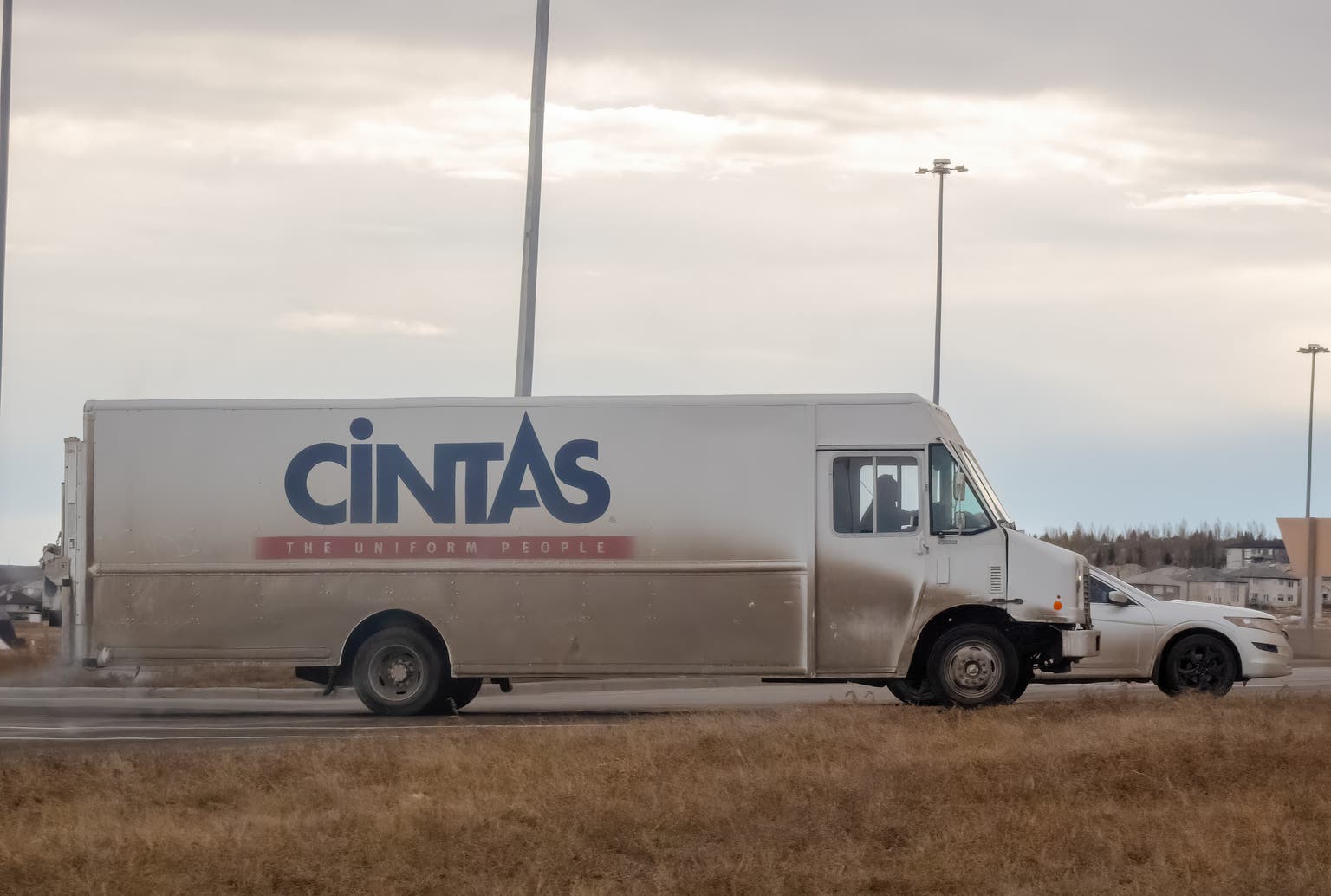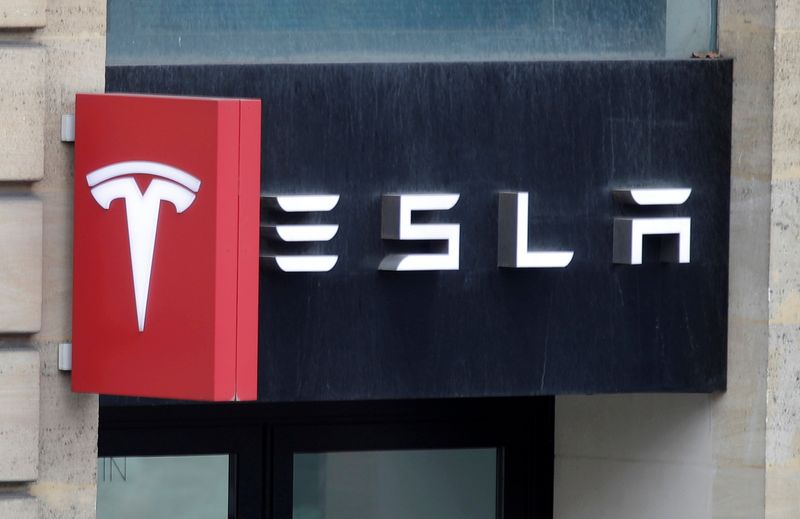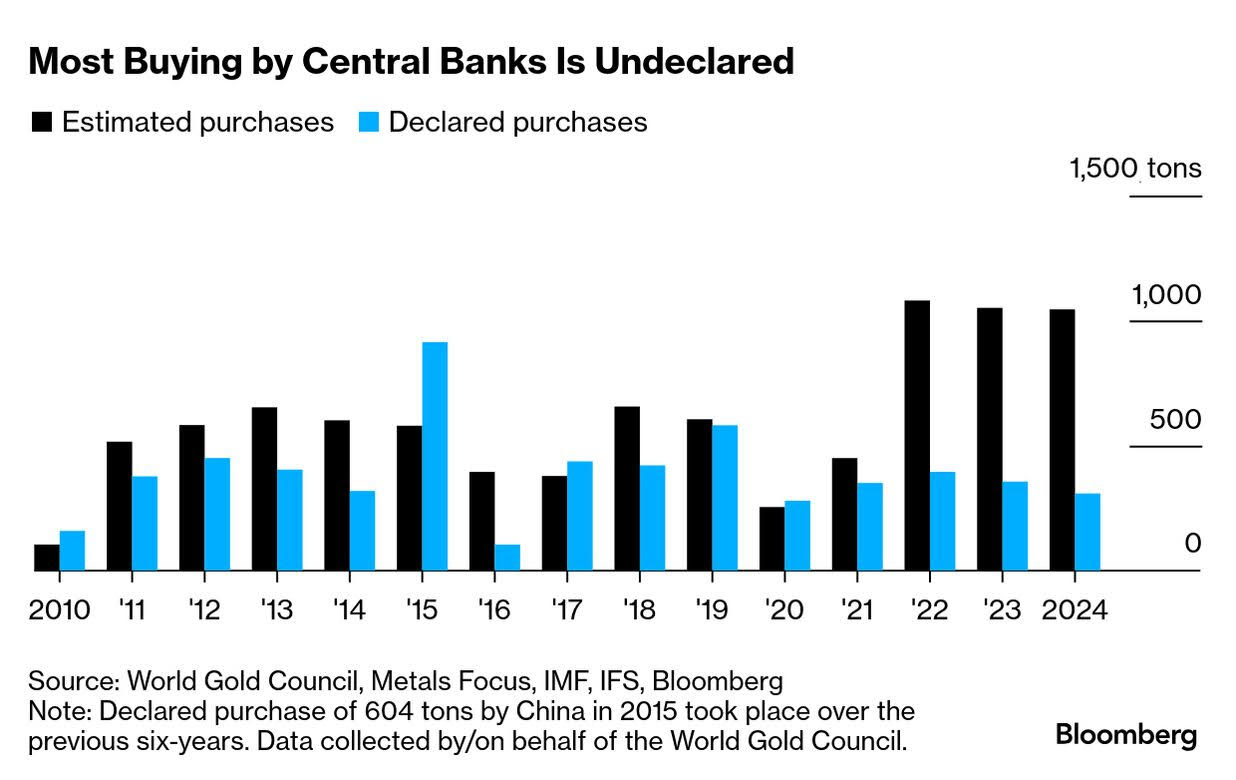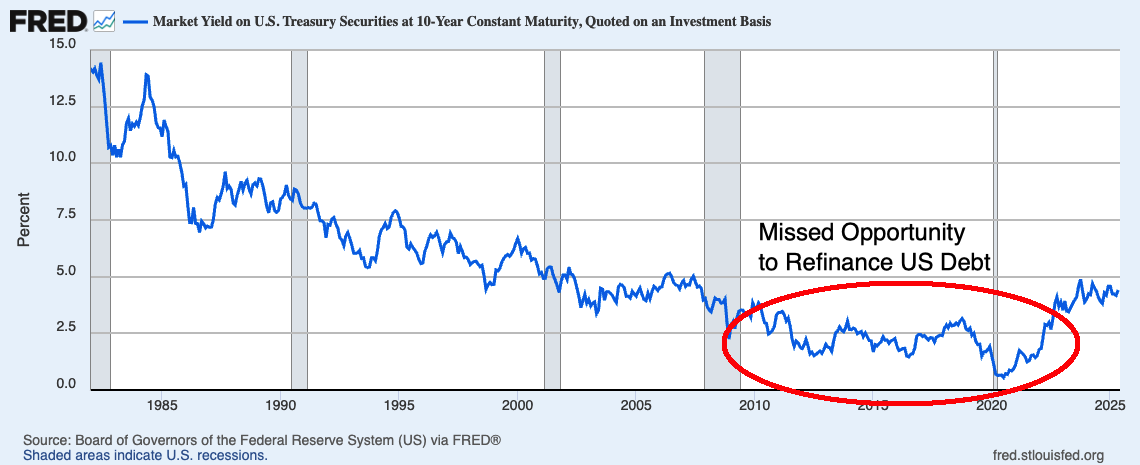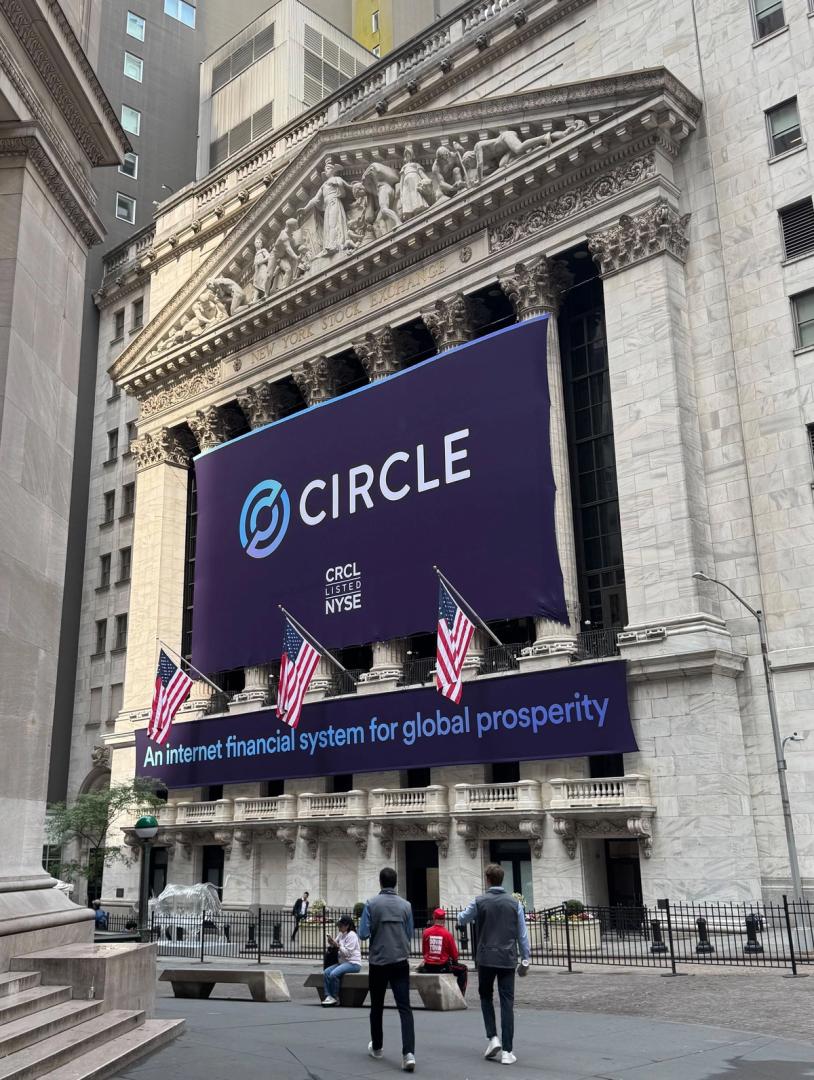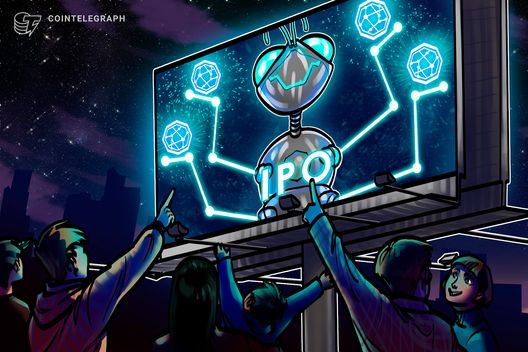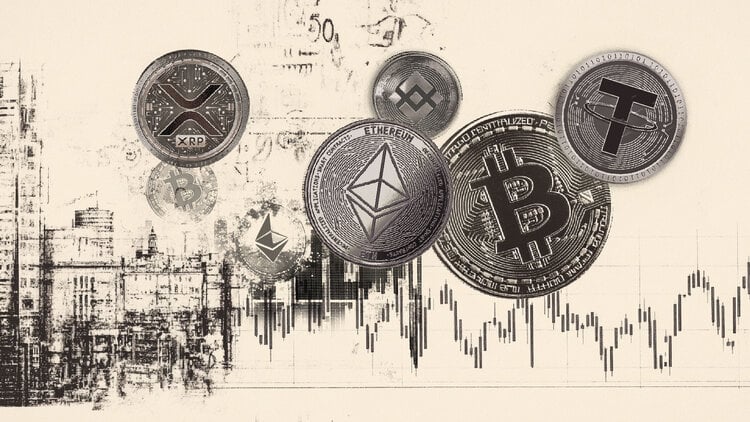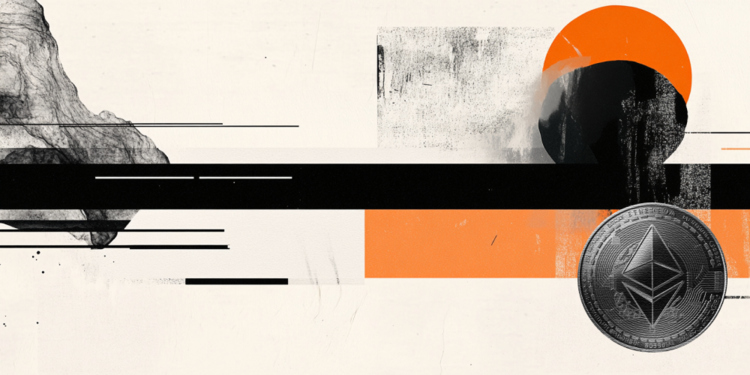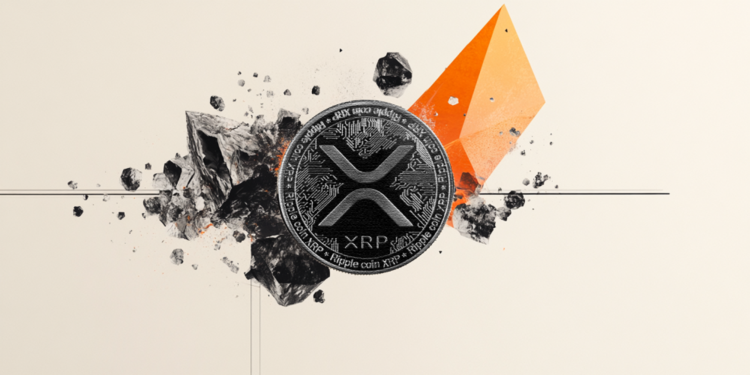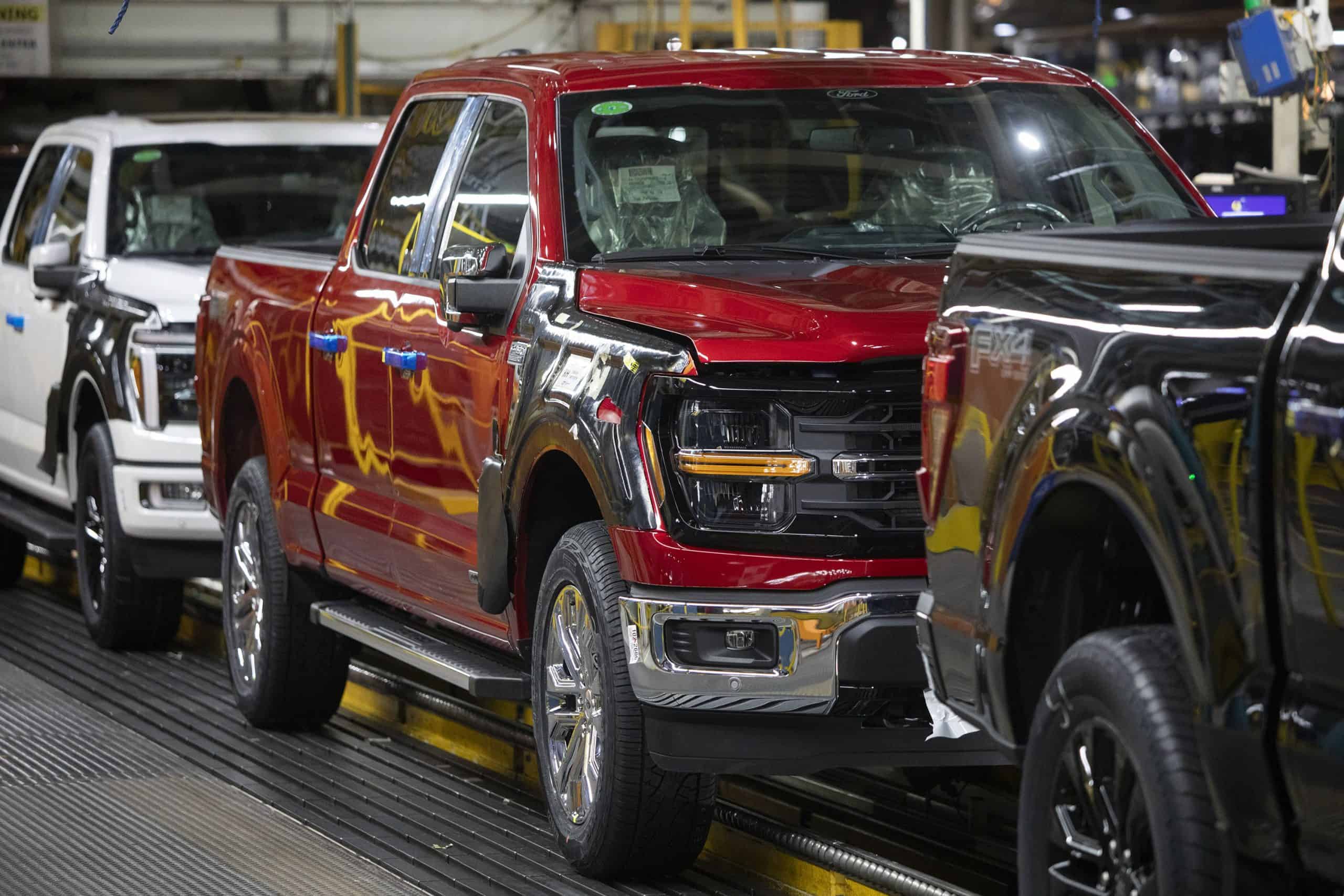Key Growth Drivers and Industry Insights Shaping the Future of the Robot Operating System Market
Market Overview
The global robot operating system market was valued at USD 643.91 million in 2024 and is projected to reach USD 2,143.60 million by 2034, expanding at a CAGR of 12.8% from 2025 to 2034. Robot operating systems (ROS) serve as flexible frameworks for developing robotic software and applications. Their integration with machine learning and artificial intelligence is revolutionizing automation in sectors such as manufacturing, logistics, healthcare, and agriculture.
Key Market Growth Drivers
Growing demand for automation across industries is a key driver of the robot operating system market. Businesses are adopting robotic systems to increase productivity, reduce human error, and lower operational costs. ROS enables developers to build customized, adaptive robots suitable for varied industrial needs.
The integration of AI and machine learning with ROS is further accelerating growth. These technologies allow robots to perform complex tasks, learn from their environment, and improve operational efficiency. This advancement is making ROS a critical element in next-generation robotic systems.
Rising investment in Industry 4.0 and smart factories is boosting demand. Companies are deploying collaborative robots and autonomous systems on the production floor, where ROS plays a vital role in coordination and data sharing. The need for real-time data processing and scalable architecture enhances the relevance of ROS.
Expansion of service robotics in healthcare, retail, and household applications is contributing to market expansion. From surgical robots to cleaning bots, ROS provides developers with a common platform to design, simulate, and control robotic systems efficiently, ensuring performance and adaptability.
Key Companies in the Market
The major companies operating in the global robot operating system market include:
-
ABB Ltd.
-
Clearpath Robots
-
Denso
-
FANUC
-
iRobot Corporation
-
KUKA AG
-
Microsoft
-
Omron Corporation
-
Universal Robotics
-
Yaskawa Electric Corporation
These companies focus on open-source contributions, robotics research, and strategic partnerships to deliver scalable robotic solutions powered by ROS frameworks across commercial and industrial sectors.
Market Challenges
High integration complexity remains a challenge for ROS adoption. Despite being open-source and flexible, ROS implementation in real-world applications often requires substantial technical expertise. This limits its accessibility to smaller firms and emerging markets.
Security vulnerabilities in robotic systems are growing concerns. As ROS-based robots become more connected and autonomous, they are exposed to cyber threats. Ensuring secure communication protocols and data protection measures is crucial for widespread adoption.
Limited standardization across robotic platforms can hinder seamless integration. Varying hardware configurations and software environments require significant customization, which slows down deployment and increases development costs for enterprises.
Lack of skilled professionals proficient in robotic programming and ROS frameworks poses a barrier. Many regions face a shortage of engineers capable of developing and maintaining ROS-based robotic systems. Investment in education and training is necessary to address this gap.
Hardware compatibility and real-time performance issues can affect complex ROS applications. Ensuring synchronized motion and coordination across multiple components remains a technical hurdle in achieving high-speed and high-precision tasks.
Regional Analysis
North America leads the global robot operating system market due to strong investments in robotics research and early adoption across manufacturing and defense sectors. The United States is a major hub, supported by academic institutions, start-ups, and tech giants working on advanced ROS applications.
Europe is a prominent market, driven by automation in automotive, logistics, and healthcare industries. Countries like Germany, France, and Sweden are integrating ROS into robotic arms, autonomous mobile robots, and surgical systems. EU initiatives promoting robotics innovation further support market development.
Asia-Pacific is experiencing rapid growth due to increasing industrial automation and government support for robotics in China, Japan, and South Korea. These countries are using ROS in smart manufacturing, precision agriculture, and service robotics to improve operational efficiency and workforce productivity.
Latin America is gradually adopting ROS in commercial and industrial segments. Countries such as Brazil and Mexico are seeing increased demand for automation in agriculture, mining, and logistics, creating opportunities for ROS integration into local robotics development.
The Middle East and Africa region is emerging with investments in smart infrastructure, logistics, and oil & gas robotics. UAE and Saudi Arabia are exploring robotic automation to enhance operational safety and efficiency, encouraging the deployment of ROS-based systems in specialized environments.
Conclusion
The robot operating system market is on a strong growth trajectory, fueled by rising automation, AI integration, and the global push toward digital transformation. ROS provides a flexible and scalable platform that enables innovation in industrial and service robotics.
Leading companies are investing in R&D, open-source development, and cross-industry collaborations to expand ROS applications and drive next-generation robotics. The synergy of robotics with cloud computing, machine learning, and IoT will further enhance the role of ROS in the coming decade.
Challenges such as security, standardization, and skill shortages must be addressed to unlock the full potential of ROS. Training programs, policy support, and community-driven development will be key to overcoming these hurdles and promoting widespread adoption.
With expanding application areas and evolving technologies, ROS is set to become the foundation of intelligent automation across industries. Strategic investments and ecosystem collaboration will define the future success of the global robot operating system market.
Atmospheric Water Generator Market
Blood Transfusion Diagnostics Market
Congestive Heart Failure Market
US Medical Billing Outsourcing Market
Biological Safety Testing Product and Services Market





















